
 By Victor Duda
By Victor Duda
The British journalist showed photos that recorded soil shifts in the pre -trial detention center in Olenivka. Analyzing the changes in the pictures, Giggins concluded that the graves were dug not two to three days before the tragedy, and a week-from July 18 to July 21.
The researcher in Open Source Intelligence (Osint) Alexander Oliver, based on the satellite images of Maxa, initially suggested that the northern wall of prison could be dug on July 27 and buried on July 30, the next day after the explosion. However, in view of the publication of Gigins, he wrote that another proof of the planned military crime of the Russians had appeared.
"If these are graves, there is another proof that it was a pre -planned military crime of the Russians, who was probably prepared in a few days," the researcher said. In order to exclude some bias in this matter, Oliver logically thinks that in camps for prisoners of war can dig graves, the presence of which does not indicate the preparation of murder of prisoners. But the amount of satellite images that can hardly be a coincidence.
Oliver also suggested that the Russians could execute prisoners of war before the explosion, and later, undermining the pre -trial detention center, to use it as accusations against Ukraine. "I believe that prisoners of war could have been killed in an explosion, which was later used as a cover to blame Ukraine. So far, potential graves in Olenovsk prison were created more than a week before the attack," he writes.
According to him, it is necessary to obtain additional evidence that the captives were killed during the explosion, and not earlier, since such performances were already. As an argument, he cites pictures that indicate that prisoners of war in Olenivka were placed in a separate part of the camp from the place where the explosion occurred. Recall that Ms. Ambassador of the United States to Ukraine Bridjit Brinka called the tragedy in Olenivka absolutely unacceptable.


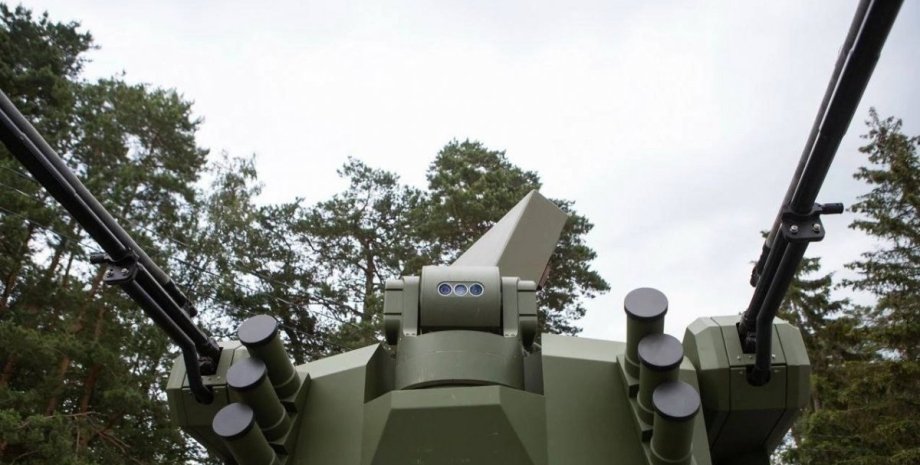

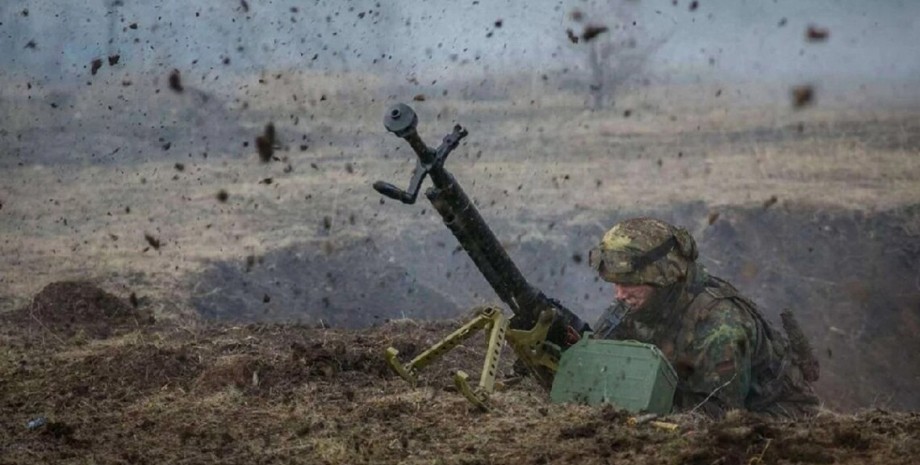

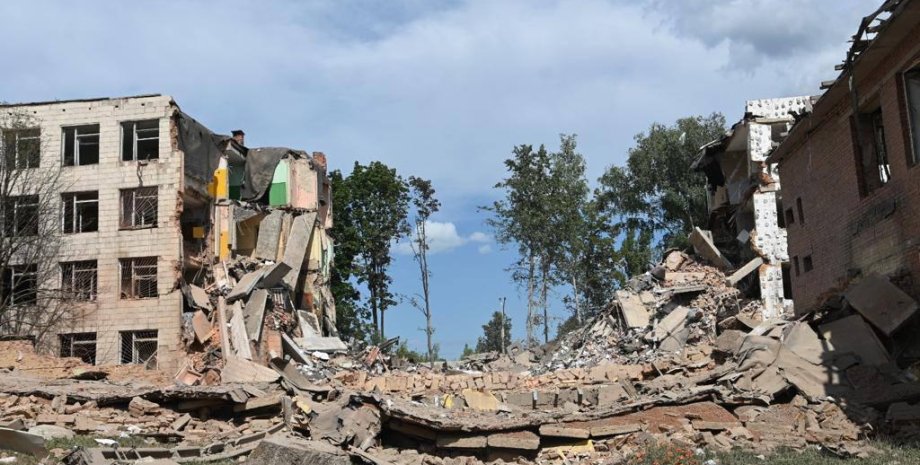
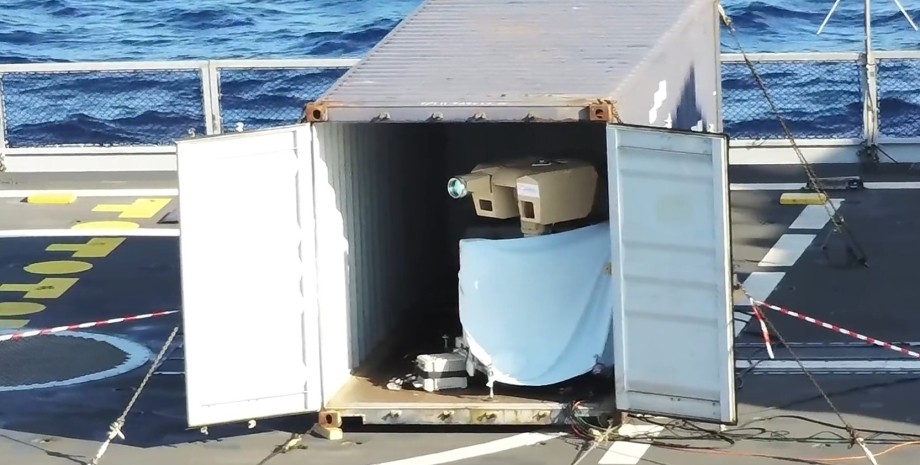

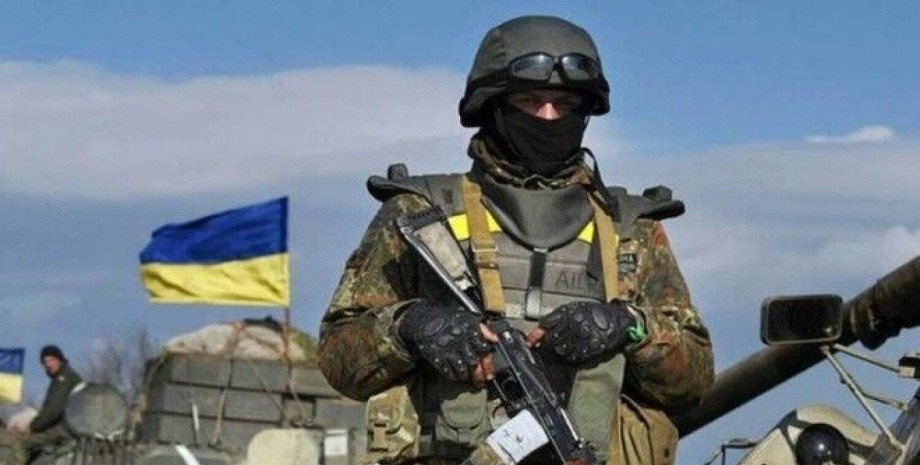
All rights reserved IN-Ukraine.info - 2022